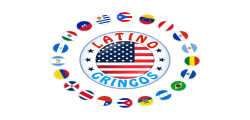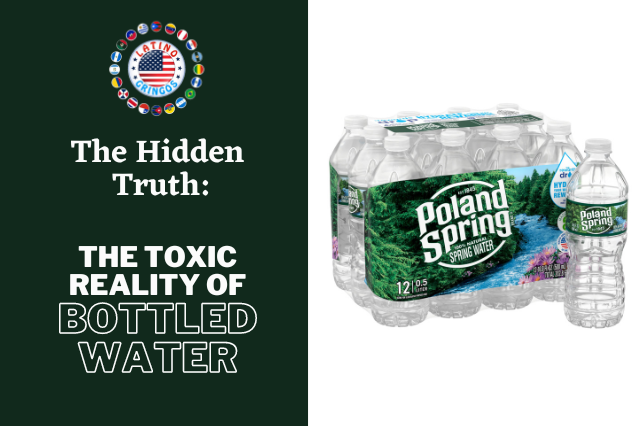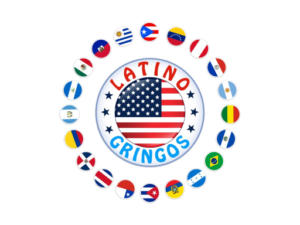Bottled water has long been marketed as a pristine and pure alternative to tap water. Millions of people around the world rely on it as their primary source of hydration, often believing that it is the safest and healthiest choice available.
In richer nations, where clean tap water tends to be widely available, bottled water is often seen as something of a “luxury” purchase, regarded as healthier and tastier than tap water, the report notes.
“This perception is fueled by the corporations that promote bottled water as a pure product,” Zeineb Bouhlel, lead author of the report and researcher at UN University’s Institute for Water, Environment and Health, told CNN.
In this sense, a growing body of research and investigation has revealed that not all bottled water is as clean and pure as it claims to be.
In this article, we will delve into the disturbing truth about toxic bottled water, with a particular focus on Poland Spring, a popular bottled water brand in the United States.
The Bottled Water Industry
The bottled water industry is a massive global business, worth billions of dollars annually. It capitalizes on people’s concerns about the quality of tap water, convenience, and perceived health benefits. However, it is essential to recognize that not all bottled water is sourced, treated, or regulated equally.
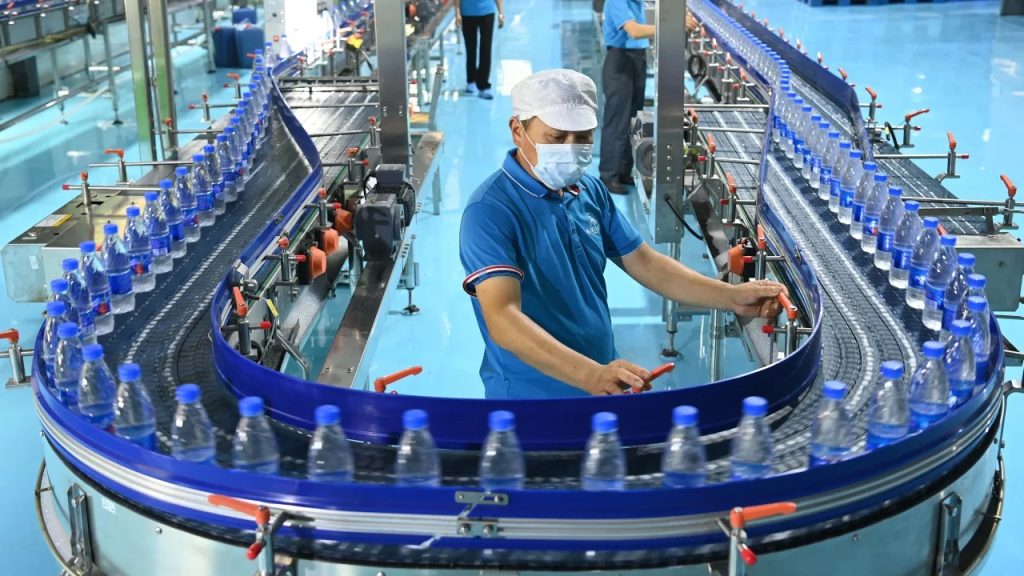
Is Poland Spring Water Really From a Spring? ‘Not One Drop,’ Says a Lawsuit
Poland Spring, a subsidiary of Nestlé, is one of the most well-known brands in the United States. It claims to provide “100% natural spring water,” suggesting it comes directly from pristine sources in Maine. However, investigations have raised questions about the true source of Poland Spring water, as well as its purity and safety.
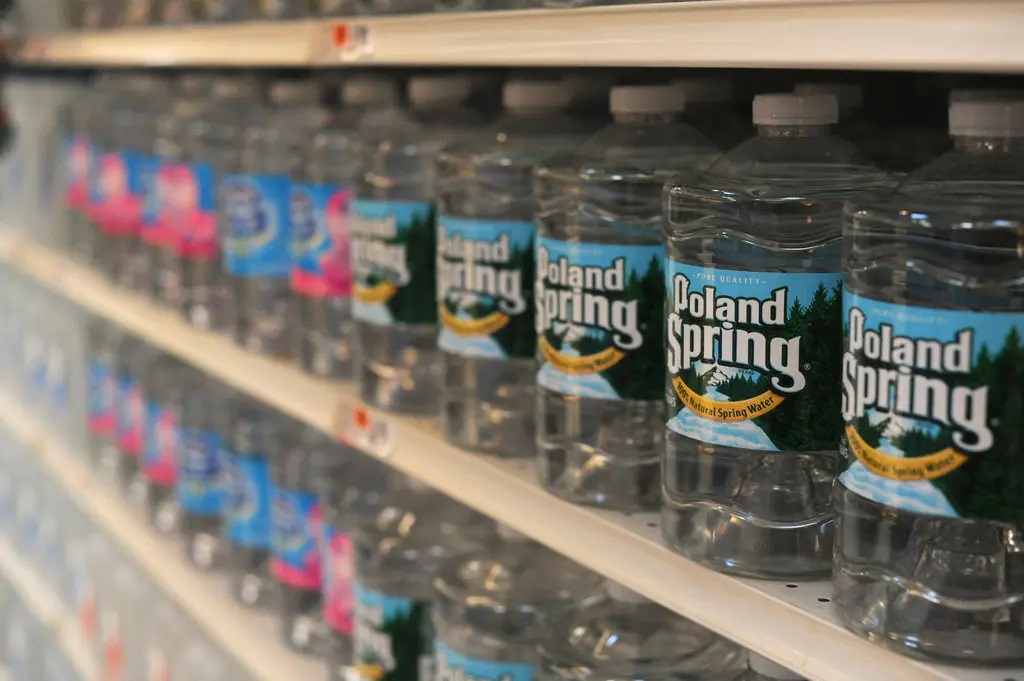
The True Source of Poland Spring Water
One of the most significant controversies surrounding Poland Spring water is its alleged source. The company has been accused of misleading consumers about the origin of its water. In a class-action lawsuit filed in 2017, plaintiffs claimed that Poland Spring’s water did not come from natural springs, as advertised, but instead was sourced from wells that were sometimes located near potentially contaminated areas.
Nestlé tried to get the case dismissed, but on March 28, a US district judge in Connecticut ruled that plaintiffs from eight states, including Massachusetts, New York, and Pennsylvania, can pursue their lawsuit against the company. These consumers say they are seeking damages because Nestlé “intentionally concealed that its Poland Spring Water does not comply with the standard of identity for spring water under state law,” per the New York Times. Nestlé, the parent company, has repeatedly defended the source of its water, but doubts persist.
Environmental Impact
Aside from concerns about the source, the bottled water industry has a substantial environmental footprint. The production of plastic bottles requires significant amounts of fossil fuels and water, contributing to greenhouse gas emissions and exacerbating the global plastic pollution crisis.
In 2021, the bottled water industry produced an estimated 600 billion plastic bottles and containers, leading to approximately 25 million tons of plastic waste, as reported by Zeineb Bouhlel. This massive waste accumulation, largely unrecycled, finds its way into landfills.To put this into perspective, the volume of waste is equivalent to filling a line of 40-ton trucks stretching from New York to Bangkok every year.
This environmental issue is exacerbated by the fact that fossil fuels, with their significant carbon footprint, are the primary raw material for plastics production. Judith Enck, a former US Environmental Protection Agency regional administrator and current president of Beyond Plastics, has referred to plastics as a major contributor to climate change, dubbing them “a climate killer.”
While Poland Spring has taken steps to reduce its environmental impact, such as using lighter plastic bottles, the overall sustainability of the bottled water industry remains a pressing issue.
Microplastics and Contaminants
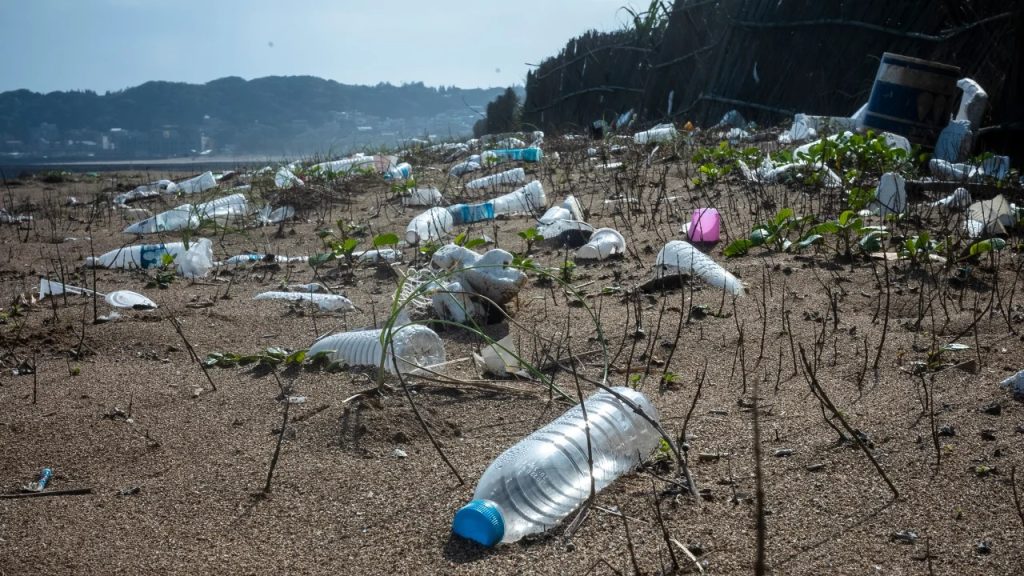
Bottled water, including Poland Spring, is not immune to the issue of microplastic contamination. Recent studies have detected microplastics in various bottled water brands, indicating that plastic particles are leaching into the water during the bottling process. These tiny plastic particles can pose health risks when consumed over time, as they may contain harmful chemicals.
Furthermore, bottled water may contain contaminants such as heavy metals, phthalates, and other chemical compounds that can leach from plastic bottles or enter the water during the bottling and storage processes. While regulatory agencies establish maximum allowable levels for these contaminants, the long-term health effects of continuous exposure to low levels remain a topic of concern.
Regulatory Oversight
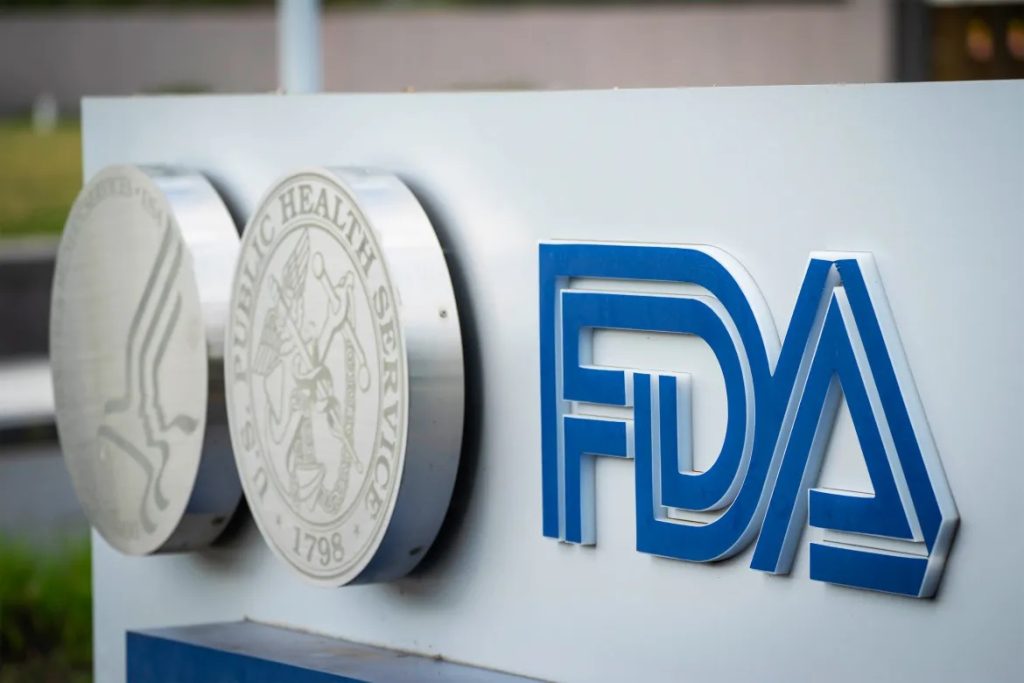
One of the challenges with bottled water is the lack of stringent regulations compared to tap water. In the United States, the Environmental Protection Agency (EPA) enforces strict standards for tap water quality, including regular testing and public disclosure of water quality reports. In contrast, bottled water is primarily regulated by the Food and Drug Administration (FDA), which has less rigorous testing requirements and allows companies to keep certain information confidential.
Final Thoughts
While bottled water, including Poland Spring, may provide convenience and perceived purity, it is not without its flaws. The bottled water industry faces concerns about the true source of water, its environmental impact, microplastic contamination, and the presence of potentially harmful contaminants.
Consumers should be aware of these issues and consider alternatives such as tap water, filtered water, or reusable water bottles to minimize their environmental impact and potential health risks. In the case of Poland Spring, ongoing scrutiny and legal challenges remind us to be cautious and critical consumers, demanding transparency and accountability from the bottled water industry.
